Many of our favorite fruits and vegetables require pollinators. Fortunately you don’t need to keep a beehive to ensure that your fruit trees and vegetable garden produce an abundant harvest of apples, peaches, strawberries, cucumbers, or melons.
Types of Pollinators in Your Garden
By attracting honeybees, native bees, butterflies, moths, and other pollinators, you can help your garden and the environment at the same time!
Honeybees
The honeybee is the most sought after pollinator, and for good cause. It is the most efficient of pollinators, due to its unique pollinating behaviors and to its specialized hairs that trap pollen whenever the bee brushes against the flower’s stamen.
Plants they pollinate
Honeybees prefer flowers of purple, blue and yellow color. They are general pollinators, and will select any flowers that have high pollen or nectar levels. However, they are not well adapted to collecting pollen from tomatoes and other nightshades.
How to attract them
Plant large patches of flowers such as vetch, borage, buckwheat, sunflowers, alfalfa, clover, or wildflower mixes to bring them to your yard. You can also hang a honey bee lure in your garden. Honeybees need a lot of water to make honey; provide them a drinking pool by placing stones or another perch in a shallow dish of water.
Bumblebees
Many species are native to North America, and these insects can be found at higher altitudes and colder regions than other bees. Bumblebees are more effective at pollinating nightshades such as tomatoes and eggplants than most other pollinators, because they can “buzz pollinate” the flowers. This specialized pollination releases tightly bound pollen better than other pollinators can, essentially by vibrating it loose.
Plants they pollinate
In your veggie garden, bumblebees enjoy tomatoes, eggplants, peppers, squashes, gourds watermelons, cucumbers, strawberries, apples, beans, cane berries, fruit trees including apples, pears, stone fruits, almonds, and persimmons. 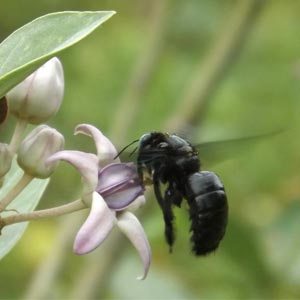
How to attract them
Plant vetch, sunflowers, lupine, clover, and wildflower mixes. Provide bumblebees need a bee drinking pool and a small mud puddle with some sea salt mixed in for their daily minerals.
Native and Naturalized Bees
Many species of native bees help with pollinating the garden, including orchard mason bees, squash bees, Southeastern blueberry bees, carpenter bees, and digger bees. Alfalfa leafcutter bees were introduced as an alternative pollinator and have become naturalized. Most species are “solitary bees” meaning they do not form a colony or hive with a queen and workers.
Plants they pollinate
While some species are particular, such as the squash bee which prefers plants in the squash and melon families, most are general pollinators and will select any pollen or nectar producing flower they can find. Native species can pollinate any flower found in your garden or orchard.
How to attract them
Plant other vetch, buckwheat, sunflowers, lupine, clover, alfalfa, and wildflower mixes. Install a pollen bee nest to provide a home for many species of native bees, and an orchard mason bee kit to introduce and keep orchard mason bees.
Butterflies
 These pretty pollinators are not as efficient at pollinating flowers as bees, as unlike bees they do not actively collect pollen from the flowers they visit. Instead, they passively transfer pollen from flower to flower as they probe for nectar.
These pretty pollinators are not as efficient at pollinating flowers as bees, as unlike bees they do not actively collect pollen from the flowers they visit. Instead, they passively transfer pollen from flower to flower as they probe for nectar.
Plants they pollinate
Butterflies and moths will visit any brightly colored flower on which they can perch and enjoy the nectar.
How to attract them
Plant colorful, nectar producing flowers such as zinnias, coneflowers, daisies, marigolds, and wildflower mixes. Flowers that are open during the night will attract pollinator moths (Evening Primrose, Moonflowers, Four O’Clocks and Gourds). Native wildflowers will support new generations of caterpillars, or plant a Save the Monarch Kit to provide species-specific plants for your region. 
Beneficial Flies
From the house fly to the flower fly, many species of flies pollinate the garden. Of all the species, hover flies are perhaps the most helpful for the garden, as the larvae of many species of hover flies are predatory to aphids, leafhoppers, and other garden pests.
Plants they pollinate
Peppers, strawberries, cane berries, grapes, stone fruits such as peaches and cherries, almonds, pears, apples, pawpaw, cashew, fennel, caraway, beets, carrots, and celery are some beneficial fly favorites.
How to attract them
Plant alyssum, buckwheat, chamomile, parsley, yarrow, or our Good Bug Blend which provides a food source and shelter for adult and immature beneficial flies.
Hummingbirds
 While these zippy little birds are best adapted to drinking the nectar of tubular flowers, they will visit any flower with nectar, no matter its shape and size. They also eat mosquitoes, gnats, aphids, and other small insects.
While these zippy little birds are best adapted to drinking the nectar of tubular flowers, they will visit any flower with nectar, no matter its shape and size. They also eat mosquitoes, gnats, aphids, and other small insects.
Plants they pollinate
These general pollinators can help any of the garden and orchard flowering plants which have easily accessible flowers. For better hummingbird access, grow climbing plants on a trellis and hang potted plants such as strawberries near flight paths.
How to attract them
Larger patches of colorful flowers will encourage hummingbirds to move into the area better than individual scattered blooms. Though they don’t require drinking water, hummingbirds appreciate a birdbath and sheltered perches to rest upon.
Bats
Many species of bats include flower nectar in their diets, and passively pollinate these flowers as they move around the garden to eat. Bats have an additional benefit to the garden of eating small flying insects including mosquitoes.
Plants they pollinate
Some of their favorite fruit-forming flowers include avocado, cashew, agave, and figs.
How to attract them
Install a bat house for your local bat population to call home. Plant night-blooming flowers to provide an additional source of nectar for the bats to enjoy.
Resources
Shop our collection of native wildflower seeds:
🌸 Resource Area: Daisy Biology & Seasonal Planning
Delve into the natural behaviors and seasonal strategies for growing robust daisies:
- The Science Behind Daisy Heliotropism – Explore the biology behind daisies’ sun-tracking behavior and benefits.
- Year‑Round Daisy Blooms: Planning a Perpetual Daisy Garden – Learn how to time divisions and plant choices for seasonal bloom.
- Uncommon Daisy Varieties for Your Garden – Discover rare species that add visual interest and diversity.



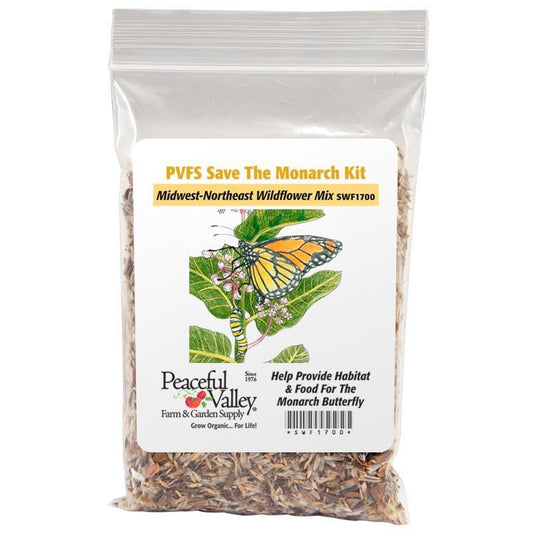
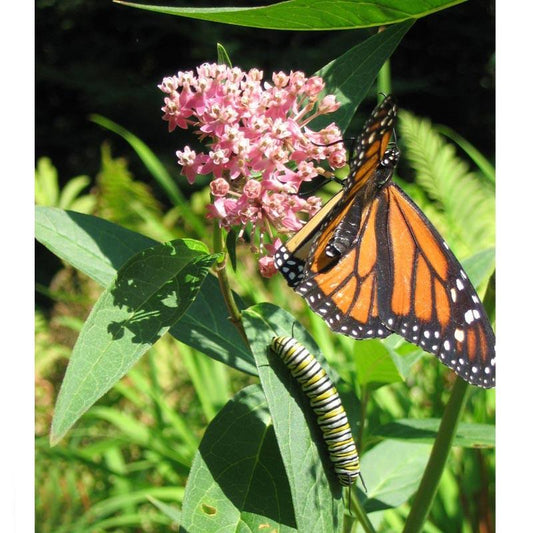
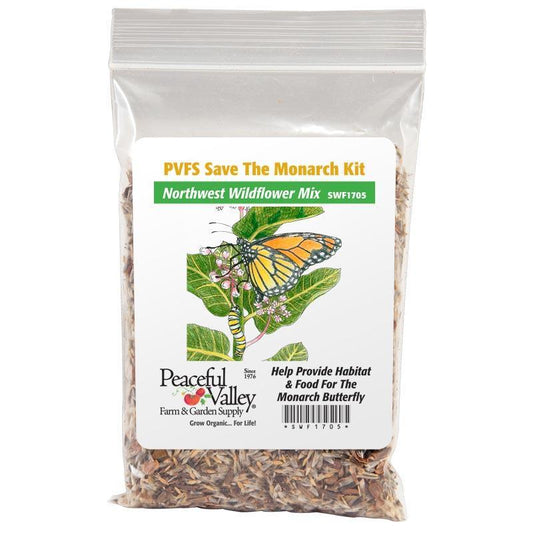
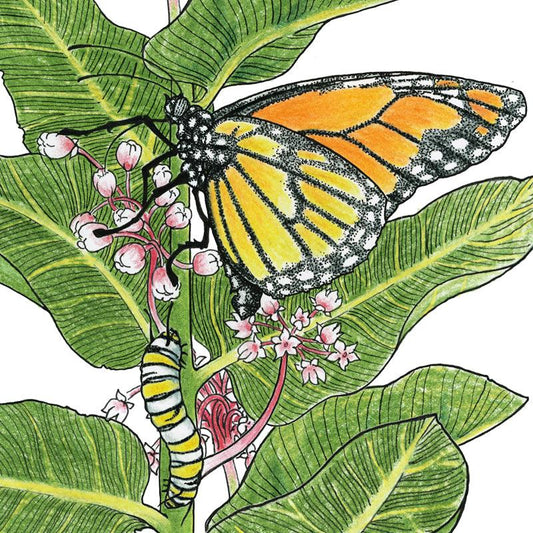
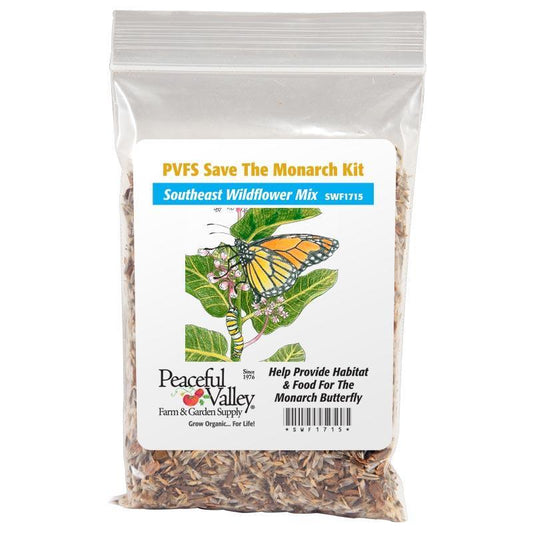

1 comment
While there are quite a few nectar-feeding bats worldwide, there are only 2 that come into the US. Both the lesser long-nosed bat and the Mexican long-tongued bat are listed as endangered species. They come into Texas, Arizona and New Mexico in the summer. The rest of the bats in the US are insect-feeding bats. They don’t help with pollination, but are immensely helpful in controlling flying insects such as mosquitoes.